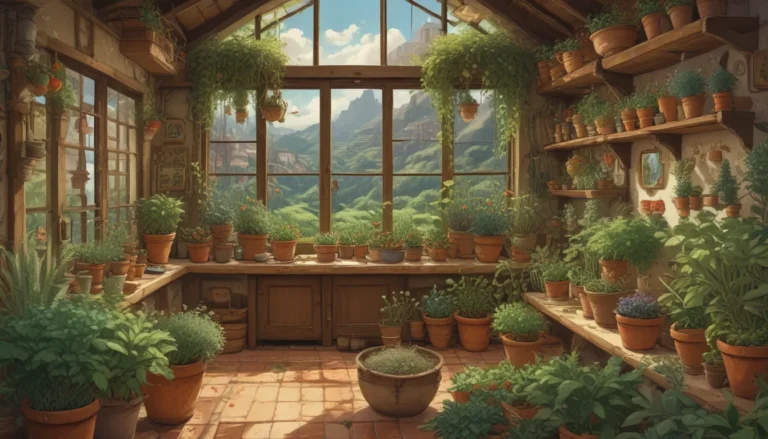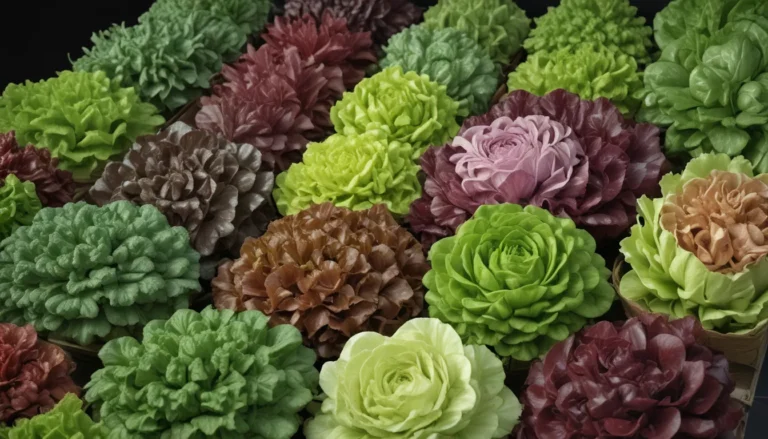The Importance of Proper Dahlia Watering Techniques

Are you a proud owner of beautiful Dahlias in your garden? If so, you already know that these tuberous perennials require special care to thrive. From breaking dormancy to routine hydration, knowing when and how to water your Dahlias is crucial to their success. In this comprehensive guide, we’ll delve into the world of Dahlia watering techniques, providing you with all the information you need to ensure your plants are healthy and vibrant year-round.
Understanding Dahlia Watering Needs
Dahlias, also known as Dahlia spp., are stunning flowers that bloom in USDA Hardiness Zones 8 to 11. While these plants can be grown as annuals in other zones, they require special attention, particularly when it comes to watering. Dahlias thrive in full sun locations with ample moisture and loose, fertile, well-draining soil. Understanding their watering needs is essential to their overall growth and development.
Here’s what we’ll cover in this guide:
- Breaking Dormancy
- Routine Hydration
- Additional Water Applications
Let’s dive in!
Breaking Dormancy
The life cycle of a Dahlia begins with a tuber, a bulb-like root structure that contains all the necessary nutrients for sprouting. During the dormant winter months, these tubers rest either in soil or cold storage in cooler zones. In areas with spring rain, tubers naturally sprout when the air warms and the soil is moist. However, gardeners in dry regions must simulate nature’s reawakening by ensuring the soil is evenly moist but not wet until the tubers sprout.
The first green leaves signify the start of the plant’s active growth phase. From this point on, it’s vital to keep the soil damp but never oversaturated. Excess water can lead to rotting tubers, so it’s essential to water your Dahlias judiciously throughout the growing season.
Routine Hydration
As your Dahlias continue to grow, it’s important to monitor their hydration needs closely. Factors such as plant size, foliage development, and blooming patterns can impact the amount of water they require. Larger Dahlia varieties with bigger blooms and deeper roots need more water compared to smaller cultivars.
Using a moisture meter to gauge soil moisture levels can help you determine when to water your plants. Remember to water in the morning to avoid fungal issues, and aim for deep soaking to ensure the roots receive adequate hydration. In areas with insufficient rainfall, consider using a soaker hose irrigation system to deliver water slowly and evenly to your plants.
To prevent oversaturation, which can lead to tuber rot, add a layer of loose mulch around your Dahlias to retain moisture and facilitate drainage. If you’re growing Dahlias in containers, be mindful that they dry out faster than those in the ground. Use a moisture-retentive, well-draining growing medium, and check the soil daily to ensure proper hydration.
Additional Water Applications
In addition to routine hydration, there are instances where your Dahlias may need extra water. Whether you’re transplanting, treating for pests, dealing with extreme heat, or winterizing your tubers, knowing when and how to water your plants is essential.
Transplanting
When transplanting your Dahlias in the spring, lightly moisten the soil to avoid tuber rot. Water regularly throughout the growing season to support their growth and development.
Treating for Pests
Dahlias are susceptible to pests like aphids, mites, and thrips, especially in dry conditions. Keeping your plants well-hydrated can help enhance their resistance to pests. Use a firm spray of the hose to dislodge insects and water early in the day to prevent fungal diseases.
Extreme Heat
During hot weather, your Dahlias may wilt due to excessive heat. Use the mist setting on your hose to cool the leaves and provide much-needed hydration to your plants.
Winterizing
If you live outside Zones 8 to 11 or have wet winter conditions, you’ll need to lift and store your tubers for the winter. Rinse and air dry the tubers before storing them in a cool, dark, dry location. No additional water is needed during the winter months.
Dahlia Divas: The Secret to Exquisite Blooms
Successful Dahlia growers know that proper hydration is key to producing beautiful blooms. By staying on top of their watering needs, you can ensure that your Dahlias thrive and reward you with stunning flowers. If the idea of maintaining moisture levels seems challenging, consider growing dwarf varieties in containers. With the right tools and techniques, you can enjoy vibrant Dahlias without the risk of oversaturation.
Share your Dahlia growing experience in the comments below. We’d love to hear your tips and tricks for keeping these magnificent flowers healthy and vibrant.
If you found this article informative and want to learn more about growing Dahlias, check out these recommended reads:
- How and When to Divide Dahlias
- Dahlia Flower Types: A Guide to Groups and Classification
- Why Dahlias May Fail to Bloom (And What to Do About It)
Thank you for reading! Stay tuned for more valuable insights on Dahlia care and cultivation.





